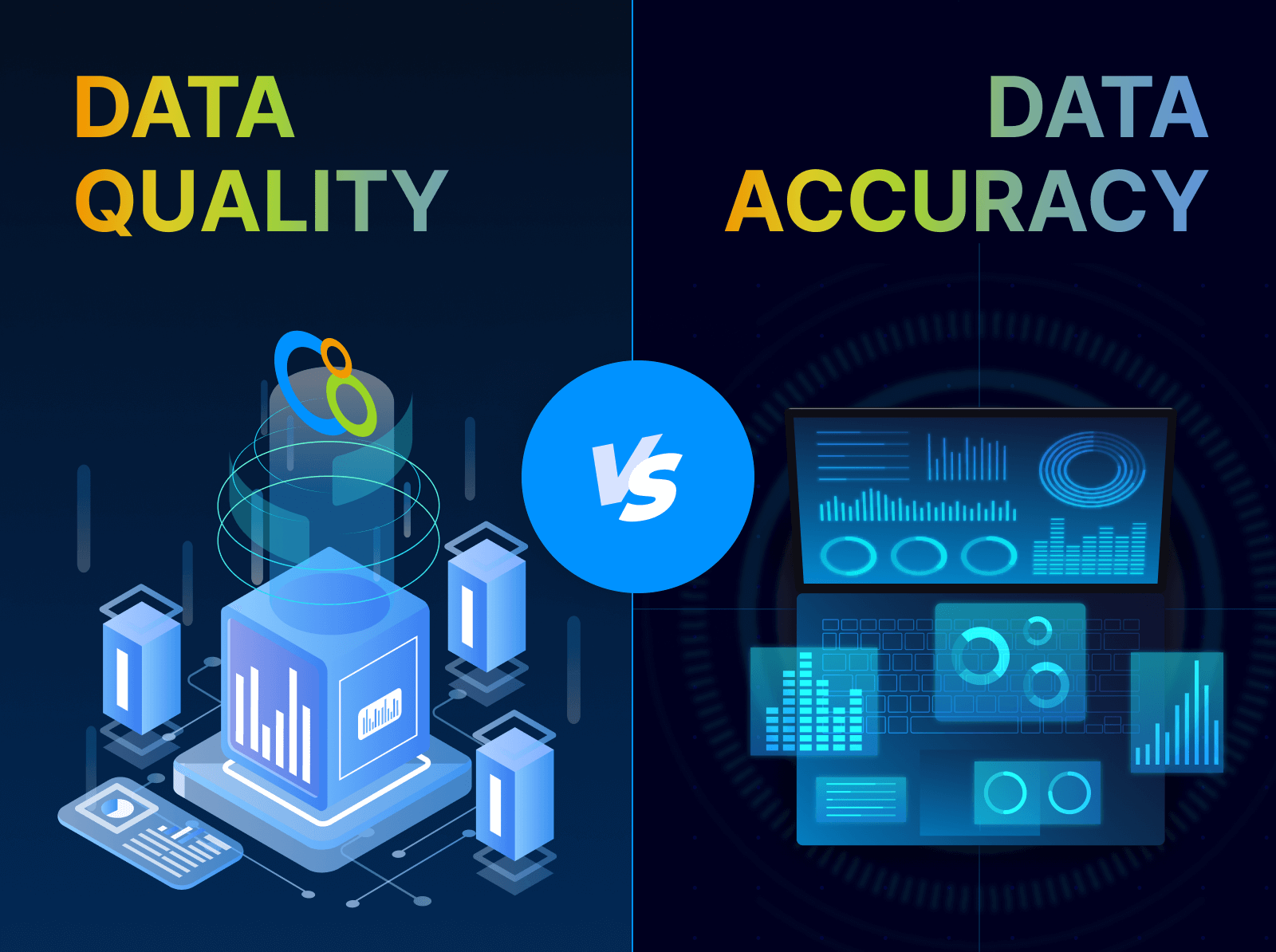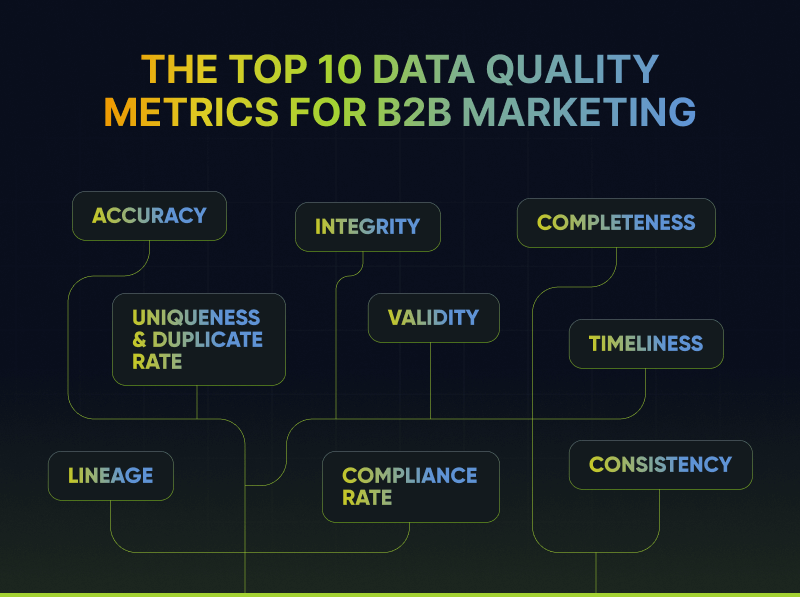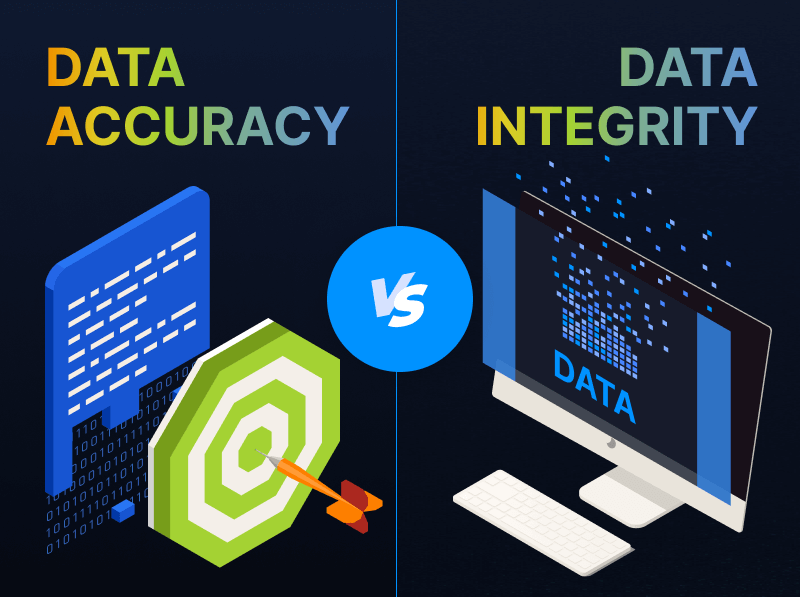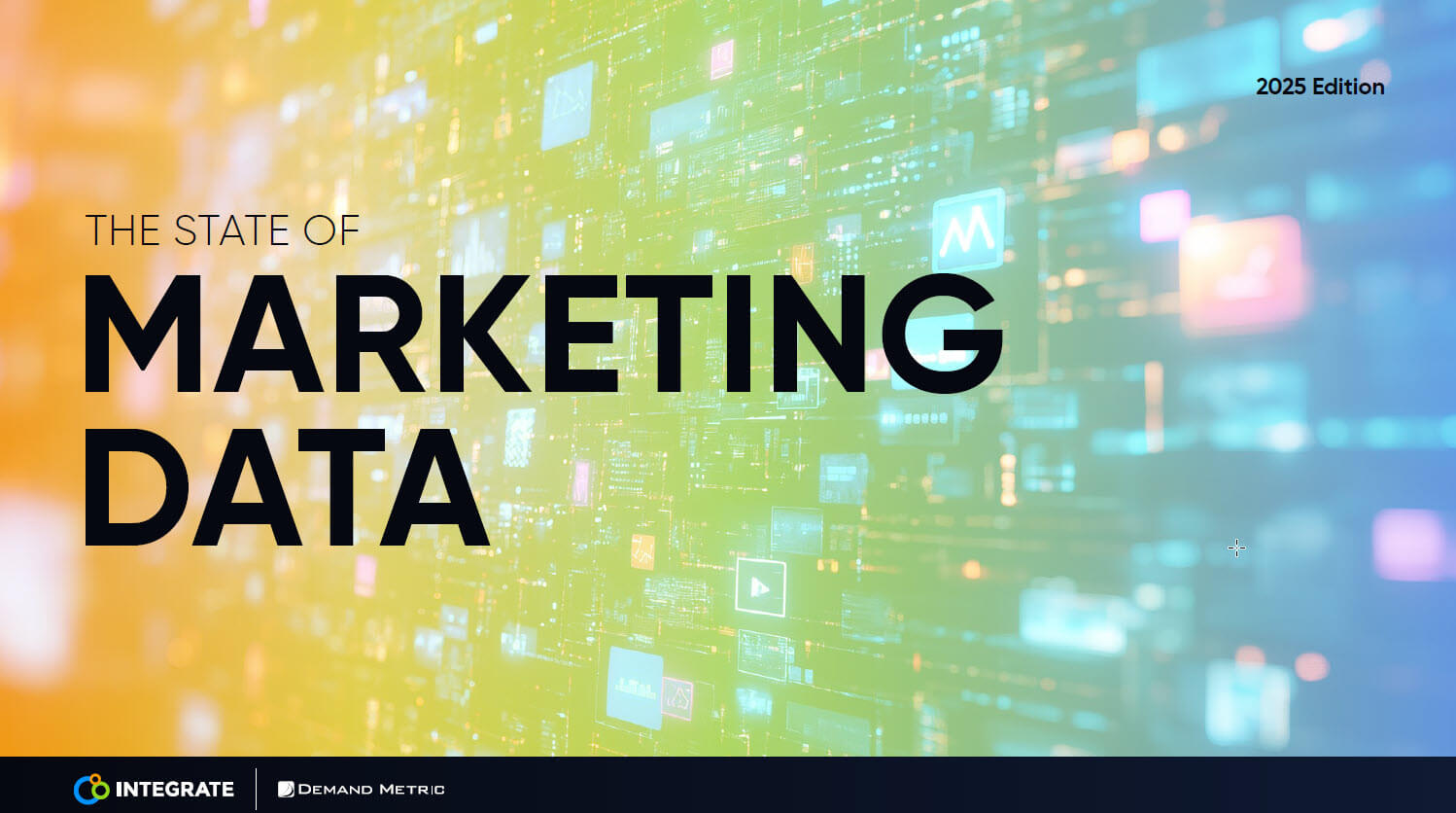5 Ways to Make Your ABM Strategy More Buyer-Driven
From marketing automation to account-based marketing, B2B marketing has come a long way. But the B2B marketer’s journey doesn’t end there. Today’s B2B marketers are met with a remote, digital and increasingly complex buyer’s world. No longer can we tie our marketing efforts to a neat, linear buyer’s journey. No longer is it enough to do single-channel marketing in a silo and call it a day. And while taking an account-based marketing approach is undoubtedly important, we can’t just grab a list of accounts from Sales and think that’s all there is to it.
Today’s B2B marketers are met with continuously shifting targets, noisy distribution channels, and diverse needs from the buying committees in each prospect account. At LinkedIn’s recent I Heart ABM Event, the reigning sentiment was that B2B marketers face a long and twisty road ahead. In fact, according to Gartner and Deloitte data presented at the I Heart ABM event, B2B marketers face a decline in buyer confidence and increase in process complexity, which has resulted in a shift in gravity for buying decisions.
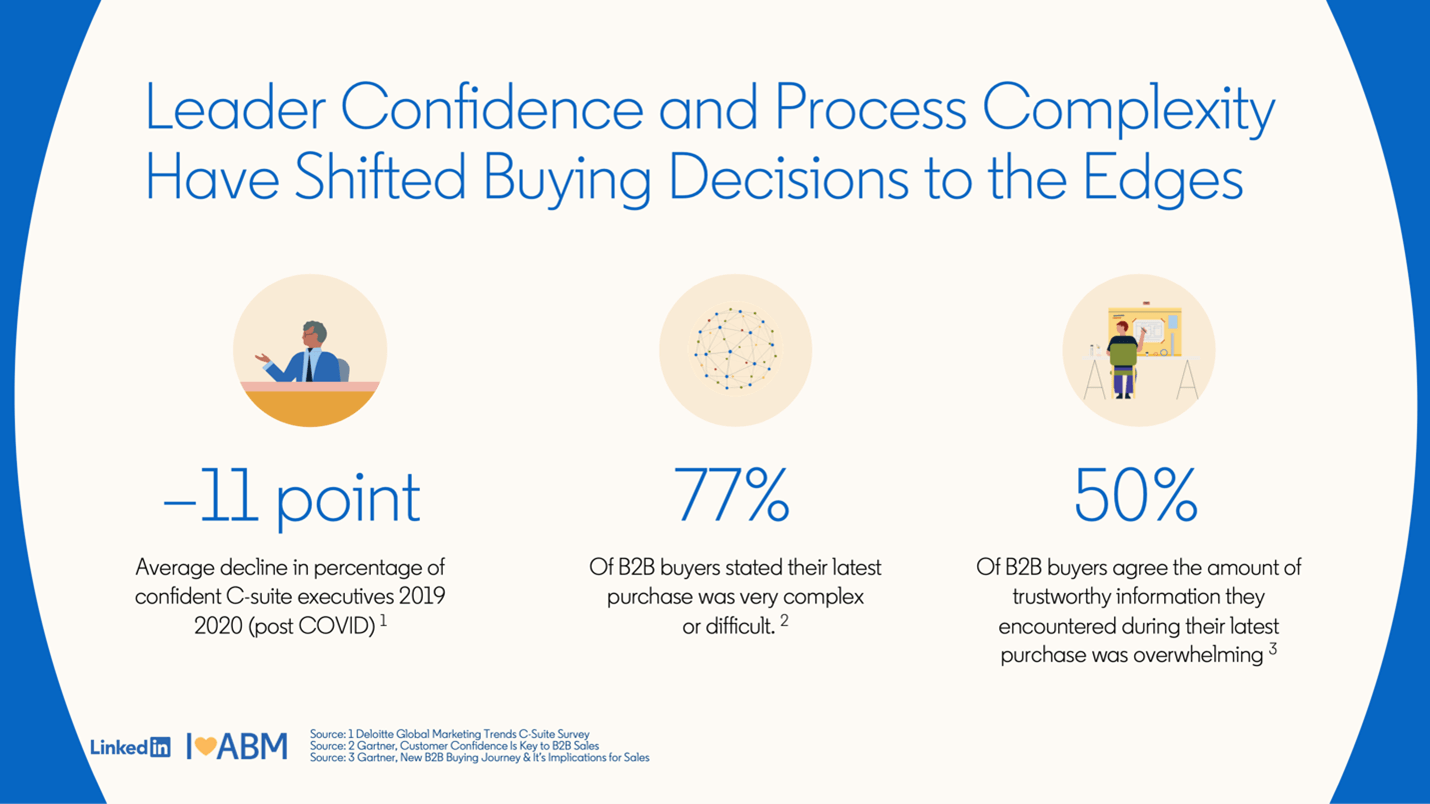
This means that we can no longer just be marketing-driven or sales-driven. We must be buyer-driven. In fact, there is only one process that matters, and that’s the buyer’s process.
So how can B2B marketers better align to the buyer’s process while retaining an account-based focus? Here are 5 ways to rethink your B2B strategy:
- Target with precision: Taking an account-based marketing approach has never been more relevant, but it’s important to build your target account list in the right way. Be ready to respond to both known and unknown buyers and accounts that are in market and showing intent. Make use of intent data and data intelligence into your account lists to capture buyers early, at the right moment, and in the right channels.
- Activate across channels: Buyers aren’t just on email or just downloading white papers. From LinkedIn Ads to watching a webinar or meeting at an event, buyers consume content across many different channels and expect personalized buyer and account experiences. Meet buyers where they are and diversify those touches. Think omnichannel.
- Connect your technologies: In a world of 8000+ martech solutions, connect your technology and channels for a single view into your buyers and accounts. Integrate your systems, dashboards and metrics so your sales, marketing and customer teams can collaborate more effectively toward a more cohesive experience. This ensures you can meet buyers where they are in their journey and in the channels they prefer. For example, connecting to LinkedIn Lead Gen forms allows your buyers to opt in without having to leave LinkedIn – and increases your conversion rate 2x to 3x!
- Measure across channels: Marketers know how important it is to defend the spend. From interactions on LinkedIn, to webinars, to ad impressions on Google, use every interaction with your customer as an opportunity to learn and optimize.
- Ensure data governance: Marketable and compliant data underpins all your marketing efforts. Data quality is critical to support your buyers across all channels and paves the way for everything from building a great customer experience to developing strong strategies. For instance, if you don’t have the right email information or name, how can you possibly create a personalized experience?
Today’s B2B marketing world is dynamic and subject to the preferences of our buyers. The road ahead is paved with the ability to orchestrate experiences and connect with each member of an account’s buying committee in a meaningful way. We must adapt and evolve, and that means learning from the past, changing for the present, and being flexible for the future.





